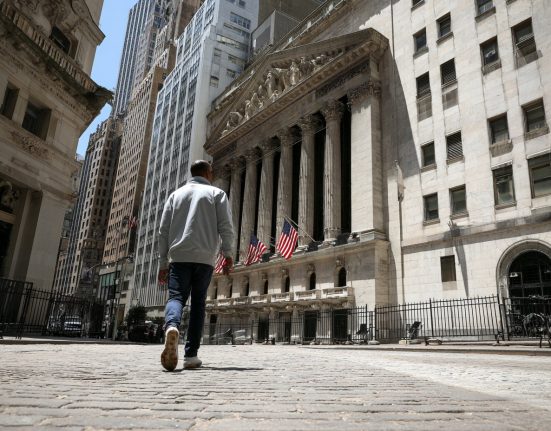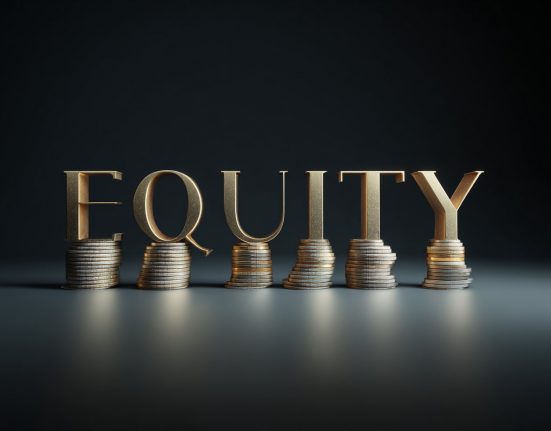The Federal Reserve is cutting interest rates. But retirees and those nearing the golden age may still see decent returns on their savings.
Like many of you, I’ve been enjoying the benefits of a strong market over the last few years. It’s been a good stretch for those saving for retirement and those enjoying the fruits of their labor now that they are out of the 9-to-5 rat race.
Rates on money market accounts hit a low point in 2021 as COVID-19 prompted the Federal Reserve to cut interest rates in an effort to prop up an unknown economy. Then came inflation and yields on fixed-income investments, the foundation of most money markets, soared, pushing their yields above the 5% level.
Yes, inflation also surged but has since moderated and money market rates have held up. That is changing, though, with the Fed’s recent move to cut interest rates by a quarter point and potentially more in the coming months.
Stocks have done well and while home price appreciation has ebbed, many people who purchased their houses prior to 2024 are sitting on sizable sums of home equity.
Add in a couple of years of strong cost of living increases to Social Security – with another 2.7% or so addition likely in 2026 – and the overall picture has been fairly positive for retirees and those planning for their golden years.
What’s Around the Corner? It Depends on the Pace of Rate Cuts.
But as I watch the yields on my money market accounts fall by about a percentage point, I and others are wondering what comes next. While we may have seen the peak of money market yields, falling interest rates could boost the returns on the bonds and bond funds that many hold in their retirement portfolios.
Indeed, among the Fed officials who voted to cut rates (11 of them in agreement, with one wanting a larger cut), there was a wide disparity in how they see the interest rate and economic future playing out these next couple of years. That continued last week with one governor advocating a sharp cut and another saying there was no reason for more this year.
That suggests that fixed-income investments and money markets may remain desirable options for seniors looking to preserve their capital.
As for my money market accounts, I am in no hurry to change even as the return on them has fallen by about 1% in the past year to 3.9%. After all, five years ago I was earning less than 1%.
“We now have $7 trillion in money markets that have been earning a solid yield and helping retirees out,” says Tony Welch, chief investment officer at SignatureFD. “I still think a 4% yield on money markets is a pretty good deal.”
I do too.
You Might Want to Lower Your Expectations
You can find more on recommended investments here, but it also may be time to keep expectations in check. In July, mutual fund giant Vanguard revised downward its 10-year predictions for stocks and bonds.
The firm now expects domestic equities to return 3.3% to 5.3% annually, down a half a percent from its prior forecast. It expects bonds to return 4% to 5%, a reduction of 0.2 percentage points.
Everyone’s circumstances are different. So the standard advice remains the same: have a diversified investment plan and trust in it over time.
Falling interest rates may make it more desirable to pay down debt and if you took out a mortgage in the past two years, this may provide an opportunity to refinance, especially if loan rates fall further.
Although I have followed business and economics since I was a teenager, I am no better at predicting the stock market than anyone else – which is to say not at all – but after the runup of the past two years, it is possible returns could be more modest and a correction cannot be ruled out. But I can attest to the value of matching your retirement portfolio to your individual needs and tolerance for risk.








